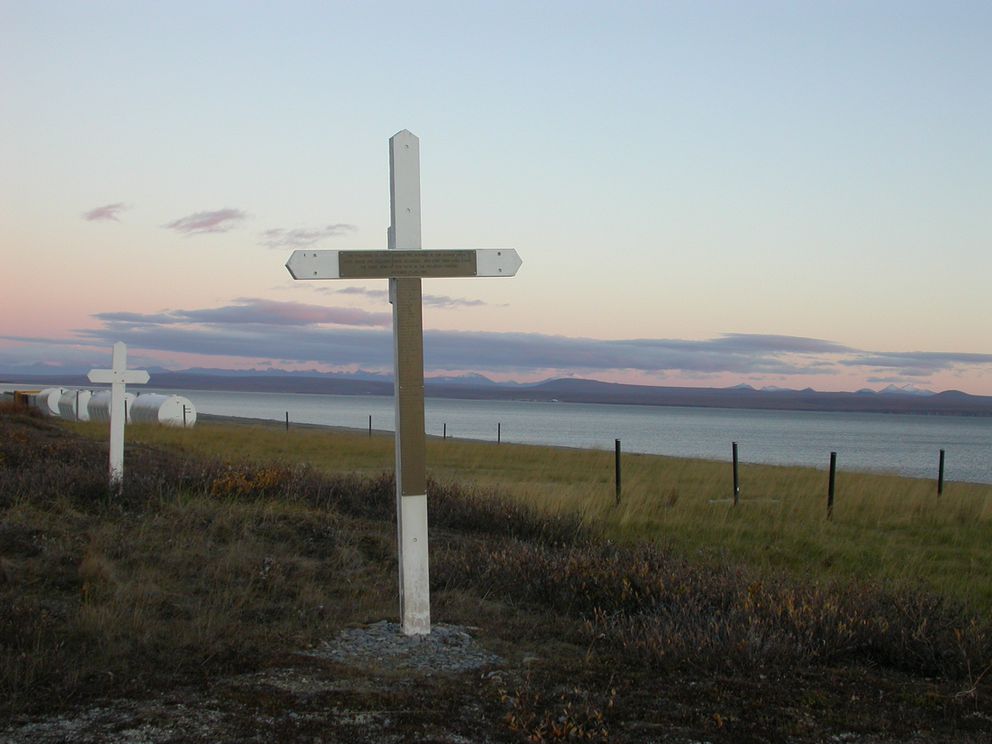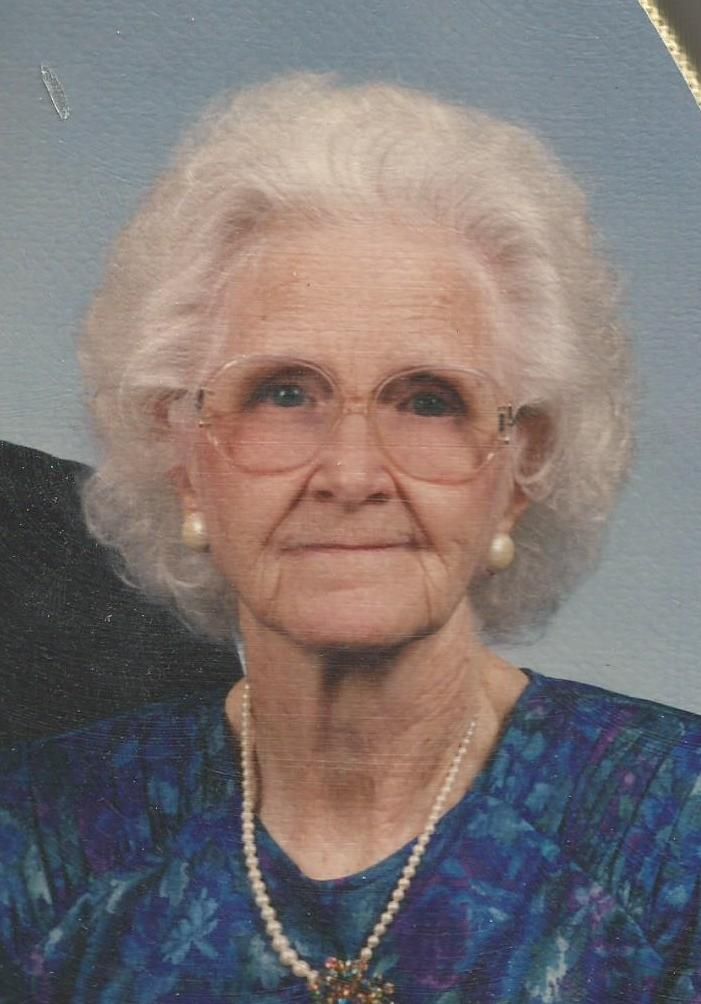
November 20, 1918. The 76th day of the worst wave of influenza.
“Damn this ground is hard.”
The men with pick-axes, shovels, and explosives must have said it a lot. A dozen times. That’s the reaction when you’re trying to dig into the frozen earth. Six feet down into ice and dirt. Maybe a hundred times is more like. A slice of ground comes up. Cold chunks of dirt go flying. The dead bodies will go into the space.
Or maybe they didn’t say it once. After all, they are miners and this is northern Alaska, the Brevig Mission north of Nome and on the edge of a white world made of ice and snow, and icebergs and blizzards. The blinding whiteness draws out the tan in the old pages of the Mission’s Bibles. These miners are the chosen ones for a job no one else can or will do.
No one else on earth but these miners have the slightest chance of cracking apart the surface deep enough to bury 72 dead Inupiat natives. Only 8 other natives are left alive in the Mission. The rest, the frozen ones, died after influenza rode in on the howling winds five days ago. Over a 120-hour period, influenza did to them what smallpox and other European diseases and afflictions did to tens of millions of natives over the past five centuries.
The pit fills with corpses and then the dirt and ice.
Influenza has split off in two directions on Day 76. It’s continuing a declining path in some areas of the United States while rocketing skyward in others in Alaska and further south and eastward. There aren’t any tracks anyone can really follow, no trends anyone can usefully trace. One of the few things you can draw part of a line around is that people had thrown themselves together in celebrations that were one-week ago. Those were the parades and the prayer vigils and the packed-house song and speech-fests, formal and informal alike, done to mark the end of the World War, Armistice Day. The directions clash, sharing tensions and not much more.
The people of Brownsville, Pennsylvania hadn’t suffered any influenza as of a few weeks ago. Today there are 200 dead from it. Local undertakers are sick, and the carpenters from the coal mines are now making crude caskets. Columbus, Indiana has now re-issued a shutdown order with 400 news cases in the town. A school in Cochocton, Ohio is opening for the first day as a temporary hospital because, Clow, the largest local employer and a water plumbing manufacturer, reports scores of new cases of influenza among its employees. The actual extent of influenza is still a mystery in South Carolina with at least one unreported case for every three reported cases.
The downward glide of influenza is making life only slightly less horrible in places where the end of trauma seems nearer. The Board of Health in Ligonier, Pennsylvania orders that each family must wait seven more days after the final member of their family has been reported free of influenza. Residents of Modesto, California have their first day without the required wearing of masks, though the county of Stanislaus, where Modesto is located, is still keeping its must-wear-masks rule in place. Within town limits, mask off. Outside town limits but in county limits, mask on.
“Damn, I don’t know what to have on my face.”
They all said that in Modesto and Stanislaus.
The staff of the Virginia State Board of Health has finished reading a report on influenza in southwestern Virginia, the mining and lumber portion of the state. The report is shocking—summarized in the Big Stone Gap Post newspaper with the apt headline of “Flew On The Wings Of Death To The Hills.” It’s not easy to know which aspect of the document was the most disturbing. Certainly one of them is the presence of a killing sickness in the state. That’s a fact with numbers and names. But that’s the surface of the skin. Another second aspect, deeper down and closer to the muscles and arteries, was the description of another planet, frozen in fear, where people didn’t leave their homes, suffered by the hour and the minute, starved from lack of food as well as fever, loss of breathing, and stoppage of the heart, and which by the end, there was a ghastly race between death from influenza or death from neglect. The only food for one family was a can of tomatoes to last a week. No one came to help. No one was able to seek help. Still another third aspect spiraled and twisted and burrowed inward, tapping and drilling into bones and organs until life seeped out, leaving behind the ultimate realization that all of it, every person’s dwindling life, occurred inside the span but outside the reach of the readers, the staff. The very people charged to help proved ignorant of the place where help was needed most. The Board of Health staff stared at the pages of the report and mattered not at all. The words were fact but the readers were fiction.
Day 76 and it’s down close to the earth.
Down close to the earth, the people of the land in northern Alaska and southwestern Virginia die and are dead.
Down close to the earth, the people beneath the land are coming up to bury them.
Down close to the earth, two trails run faintly ahead, both made by influenza just up ahead, out of sight, in the thickness.
Day 76 and it’s down close to the earth.
A thought for you on Day 76, May 26, 2020, seventy-six days after President Trump declares Covid-19 a national emergency—span and reach. Isolation is a friend of influenza. An ally and trusted companion, an accomplice in murder. The people of northern Alaska and southwestern Virginia were isolated. Influenza came to them with no worries, no cares. It could do what it wanted, when it wanted, how long and in what manner it wanted. There were people who had jurisdiction and scope of responsibility. Isolation held them off and influenza went to work. We have seen and are seeing isolation do a bidding in 2020 similar to 1918. People don’t have to be in a wilderness or a remote location to be isolated. They can be but, strangely, in 2020, it’s not at all required or even common. Isolation takes a different form in the 21st century United States. As I wrote this entry, literally, as I was writing the paragraph on the Virginia State Board of Health, a news update flashed on my phone. It referred to long-term care homes—nursing homes, I’ve heard them called—and the horrific conditions that are being found there for elderly victims and sufferers of Covid-19. We see much the same thing in the poorest places of city and countryside alike. Isolation and influenza. We’re all readers of the Big Stone Gap Post. We’re all wondering if this is the time when, for some portion, for some parts, we take a forward step and learn and act. Damn, this is an uphill trail down close to the earth. Stride and hold, stride and hold. The only way up is to stride and hold again and again.

(note to reader—I invite you to subscribe to this series/blog. The purpose of my posting in this series is the purpose of my enterprise at Historical Solutions—to explore the past in a new way that brings new and different value to you, both in the present (this minute) and on the edge of the future (what’s ahead or forward of this minute). The past is everything before now, the totality of all time before the present; history is a set of very small slices of the past that, for a particular reason, have been remembered. If you wish to contact me privately, please do not hesitate to text or call 317-407-3687)







